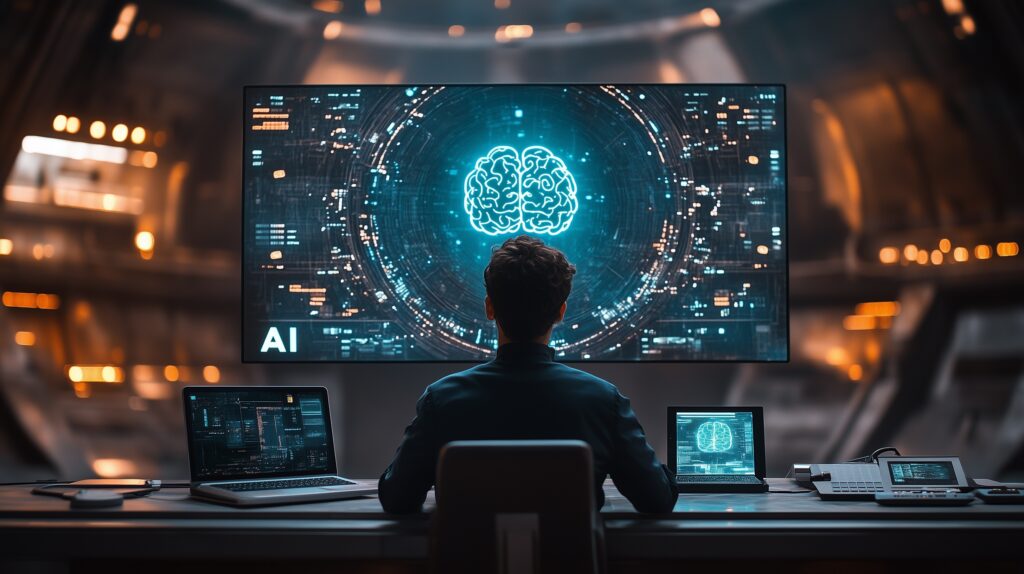AI creates digital organs and humans, transforming clinical trials and advancing medical research and treatments.
How Digital Twins Work
A digital heart beats like a human heart but lacks blood and a physical body. This computer-generated heart tests cardiovascular devices like stents and prosthetic valves. Adsilico, the company behind it, builds multiple heart models using AI and large datasets.
These AI-generated hearts simulate differences in age, weight, gender, blood pressure, and ethnicity. Traditional clinical trials often overlook these differences. Digital twins address this gap, enabling manufacturers to conduct more inclusive and representative tests. “This approach captures the full diversity of patient anatomies and physiological responses,” says Adsilico’s CEO, Sheena Macpherson. This diversity ensures medical devices are safer and more inclusive.
In 2018, over 83,000 deaths and 1.7 million injuries linked to medical devices were reported. Macpherson hopes AI-powered digital twins can reduce these numbers. “Safer devices require thorough testing, but clinical trials are costly,” she says. Virtual testing reduces costs and increases testing scope. “A single virtual heart can be tested under varying blood pressures or disease progressions,” she adds.
Digital twins allow manufacturers to test on underrepresented subgroups, such as women and marginalized communities. Adsilico’s AI models use cardiovascular data and MRI and CT scans from consenting patients. Detailed data creates precise digital models, enabling accurate testing on diverse anatomies.
Testing involves inserting a virtual device into a digital twin heart within an AI simulation. Thousands of simulations run quickly, unlike human and animal trials that use hundreds of participants. This method speeds up testing and expands analysis.
Cutting Costs and Increasing Success Rates
Drug manufacturers also adopt digital twins. Sanofi aims to reduce testing time by 20% and increase drug success rates. Sanofi’s AI models create AI-simulated patients using biological data from real people. These virtual patients diversify trial populations, enhancing trial result relevance.
Sanofi’s AI models simulate drug properties and predict how drugs interact with human biology. The technology mirrors real trial processes, offering early insights into drug performance. “With a 90% failure rate for new drugs, even a 10% success increase could save $100 million,” says Matt Truppo, Sanofi’s head of research platforms. Truppo believes AI-powered digital twins could revolutionize drug development for complex diseases.
However, digital twins have limitations. Charlie Paterson from PA Consulting warns that AI models are only as good as their training data. Many datasets are outdated or lack diversity, risking biased simulations. To address this, Sanofi supplements its data with external sources like health records and biobanks.
Despite these challenges, Adsilico’s Macpherson hopes AI digital twins will one day eliminate the need for animal testing. “A virtual human heart is more realistic than those of dogs, cows, or pigs,” she says. This shift could lead to safer, more ethical medical research. With AI and digital twins, drug discovery and medical device testing are becoming faster, safer, and more inclusive.
